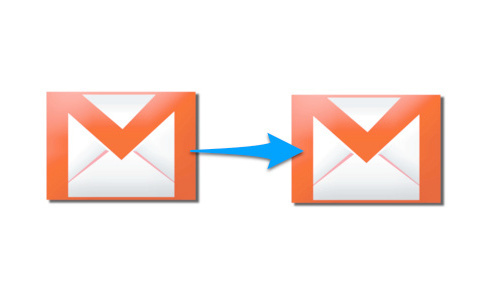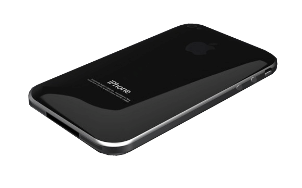Auto-tune was first created by Antares Audio Technologies. It is an audio processor that uses a proprietary device to alter pitch in vocal and instrument recordings as well as live performances. The original purpose of auto-tune was to disguise off-key notes despite flat or sharp notes.
It can also be used to distort the sound of the human voice to jump from one note to another without the natural slide that occurs in everyone’s voice. The effect is similar to that of a synthesizer in which the voice leaps from one note to the next.
In recent years, auto-tune has become common in popular music. It is now a standard tool kept and used in recording studios. However, auto-tune would not have experienced this rise in popularity without Cher’s song “Believe” recorded in 1988. The producers claimed that they had used the Digitech Talker FX pedal to create a robotic tone that became known as the “Cher effect”.
Since then, contemporary rap artists have used auto-tune in a number of songs including Snoop Dog with “Sexual Eruption”, Lil Wayne with “Lollipop”, and Kanye West with his album “808 and Heartbreak”. However, the most famous user of auto-tune is T-pain who has used it so much it is now characteristic of his music. Even rappers like Chief Keef are now using it to be able to conform to today’s hip hop trends and appeal to the masses.
However, there seems to be quite a divide between musical artists on the use of auto-tune. Some country singers like Faith Hill, Shania Twain, and Tim McGraw have used auto-tune in performances as a “safety net” to ensure good quality vocals in front of live audiences. However, artists like Taylor Swift, Martina McBride, and Vince Gill have refused to use it at all.
The use of auto-tune in music is not a matter of controversy between just artists but listeners as well. Many argue that it is having a negative effect on society’s perception of music because it compromises the integrity of an artist’s skill. Furthermore, others argue that auto-tune is indicative of artists who cannot sing well. Time journalist Josh Tyrangiel has dubbed auto-tune as “Photoshop for the voice”.
However, despite its bad reputation, some believe auto-tune may open up new possibilities in pop, hip hop, and rap. It may evolve into something more than it is today. Instead of using it for its original purpose of airbrushing bad vocals, some musicians may use it to further their artistic expression. T-Pain has discussed how he has been heavily influenced by music from the 1960s. His father has always explained that the human voice is merely just another instrument being added to a song. He has been quoted for saying that he “might as well turn his voice into a saxophone” and that he has been able to achieve this affect with the use of auto-tune. Music critic Jody Rosen has also wrote that T-Pain has taught the world that auto-tune can be a tool used to enhance an artist’s creativity and vocal expressiveness.
Although auto-tune may continue to be a subject of controversy within the music industry, it does not show signs of disappearing any time soon. It is a sound of the future that is being embraced throughout the musical industry. Artists will most likely continue to use auto-tune to achieve perfect pitch but may also open up new avenues for musical artists to express themselves.


